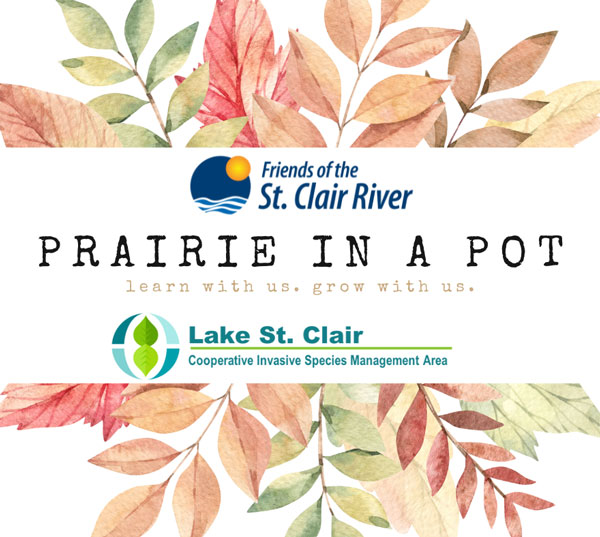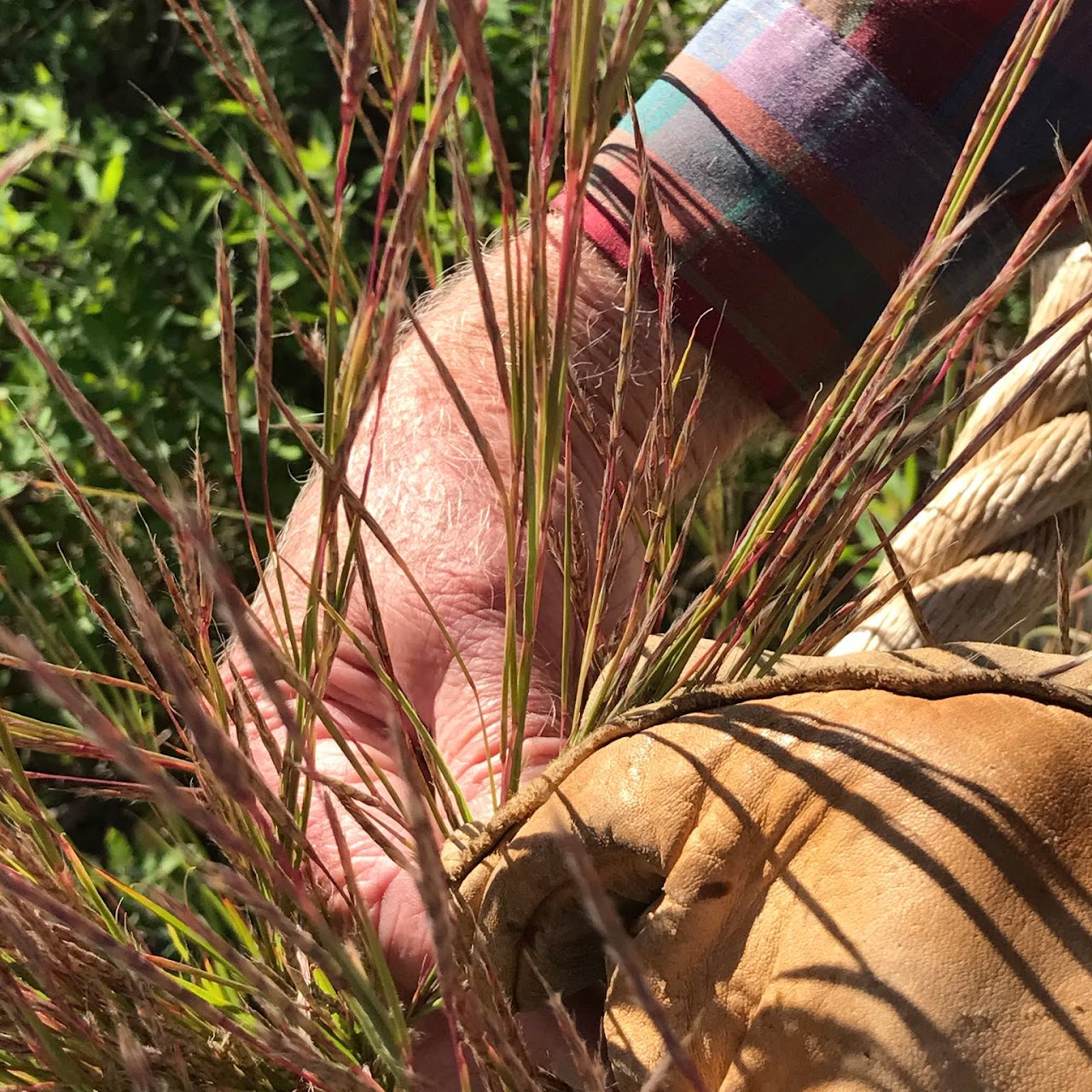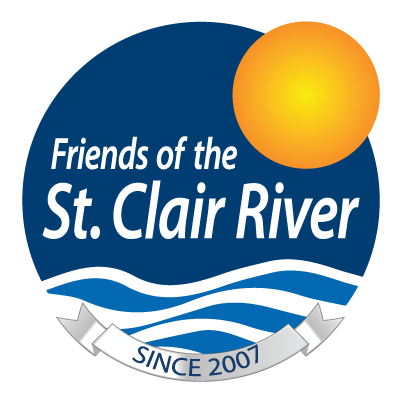
Join the fun!
Beat the winter blues this year by growing a Prairie in a Pot to benefit local restoration projects and gardens! Our staff and volunteer Stewards are starting native plants from seed this fall using a process called winter sowing. Seeds are collected from local ecological restoration sites, home gardens, and natural areas and then started in modified milk jugs over the winter.
What is winter sowing and why are we using this method for Prairie in a Pot?
Winter sowing means starting seeds outdoors in the winter. We're using the winter sowing method for Prairie in a Pot because most native prairie plant seeds require a cold, moist period before they can sprout. Some of us will use the plastic milk jug method, although you’re welcome to improvise and innovate. The seeds we collect at our restoration & stewardship sites will be the primary seed source. We’ll provide kits with the seeds, the milk jugs, the labels, and the soilless growing media. What you’ll provide when you adopt a Prairie in a Pot is your time, your learn-share-do-repeat attitude, and a little bit of tending and dedicated outdoor space for the next few months. The species will all be in separate pots, and you may adopt one or more species and pots. Watch this winter sowing video to learn more about starting native plants from seed with this method.
What will we do with the plants produced by our Prairie in a Pot project?
Any plants that are successfully raised by the Prairie in a Pot project will be used in local habitat restoration and green infrastructure projects, or will be sold to fellow gardeners in our fall plant sale with the proceeds going toward Friends of the St. Clair River's restoration, stewardship, and educational programs.
What’s in it for you?
- Log volunteer and education hours for conservation and gardening credentials
- Learn about starting native plants from seed
- Share your knowledge and experience with others
- Bask in the glory, knowing that your plant babies will benefit local habitat projects and the community
Bonus: You may keep some plant babies and seeds from your Prairie in a Pot, and you can show off the Prairie in a Pot kit to all your friends. Hopefully, some of them will join us next year!
Prairie in a Pot Zoom check-ins: First Monday evenings, of the month at 6:30 p.m.
REGISTER HERE (you only need to register once to attend all check-ins)
- Monday, January 3, 2022, 6:30 p.m.
- Monday, January 3, 2022, 6:30 p.m.
- Monday, February 7, 2022, 6:30 p.m.
- Monday, March 7, 2022, 6:30 p.m.
- Monday, April 4, 2022, 6:30 p.m.
- Monday, May 2, 2022, 6:30 p.m.
- Monday, June 6, 2022, 6:30 p.m.
Prairie in a Pot Process

1
Collect native seeds & gather Prairie in a Pot materials (containers, seed starting mix, seeds)

2
Receive/assemble Prairie in a Pot kit(s), label the species & sow date, & start journaling (date started, species, seed source, notes)

3
Observe, water, ventilate your Prairie in a Pot kit(s), keep journaling (date checked, notes)

4
Share your Prairie in a Pot experience at monthly Zoom check ins , keep journaling

5
As weather warms up in late winter & spring, check Prairie in a Pot often for signs of germination & overheating

6
Once your Prairie in a Pot seedlings have two sets of true leaves, it's time to move them to individual containers

7
When your Prairie in a Pot plants get too large for their containers, it's time to plant them out or move them to bigger containers

8
Your Prairie in a Pot plants, challenges & success stories will be shared with our community & other gardeners!
More FAQ's
What's in the seed starting mix?
We are using a mix of 3 parts peat moss, 1 part rice hulls (or perlite), and 1 part pine bark soil conditioner. If you're supplying your own mix, use a soilless media or one labeled for seed starting for best results.
Where do we get our native seeds?
We collected most of our Michigan native seeds for the Prairie in a Pot project from local natural areas, ecological restoration sites and green infrastructure projects, and many came from our volunteers' own native plant gardens. We have purchased a few seeds from regional growers.

